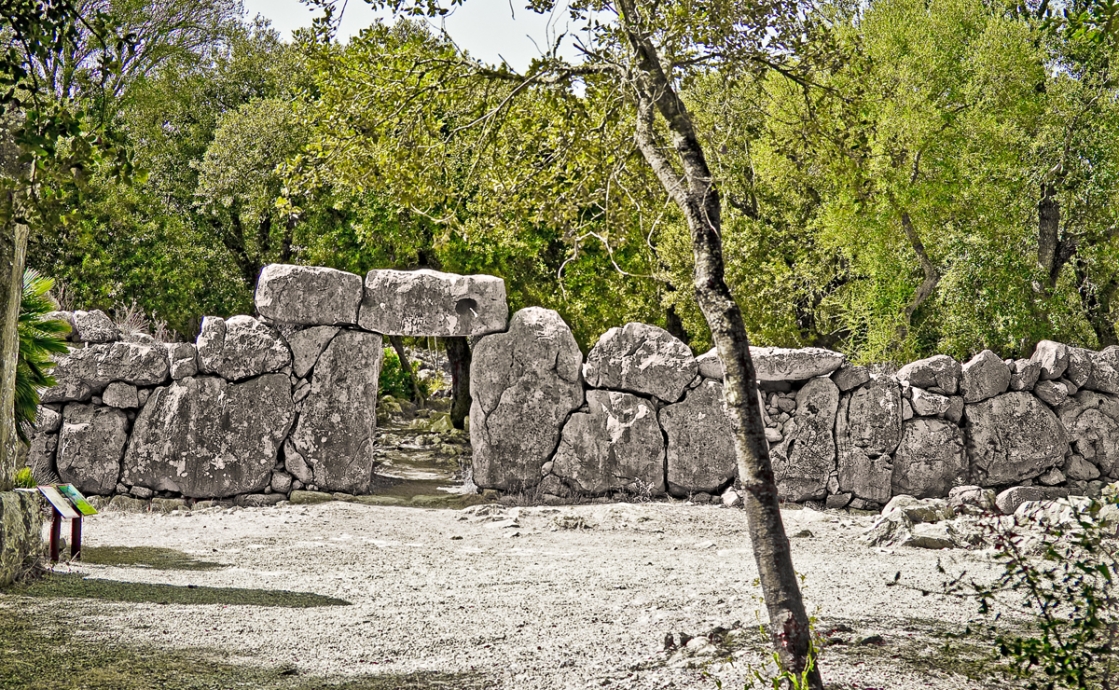
Discover the culture and history of mallorca with kids
Did you know that a witch used to roam the forests of Bellver Castle? Or that the foners (slingers) were feared for their excellent aim and the range of their shots?
One of the most interesting ways to explore the culture and history of Mallorca with the little ones is through the stories and legends of each cultural site.
Mallorcan Talayotic Period
In the late Iron Age, around the 5th century BC, the early Mallorcans built the characteristic talayots. These were cone-shaped towers without the tip, many of which still stand today. Magic has always surrounded these constructions, and there has been much talk about their functions and their possible connection to the esoteric.
Capocorb, in Llucmajor, boasts five talayots, some with square plans, and the remains of 28 houses and a wall.
Ses Païses, hidden in a forest near Artá, features another imposing talayot and the remains of other constructions dating back to 3000 BC.
The largest talayot on the island, measuring 71 meters in diameter and almost 4 meters in height, can be found in Montuiri, at Son Fornés. Other sites to visit includes S’Illot in Sant Llorenç des Cardassar or Antigors in Ses Salines.
The talayotic era was that of the Mallorcan honderos, an elite army capable of skillfully hunting their prey with a sling and stone. Their fame spread rapidly throughout the Mediterranean because they were fierce and formidable warriors with exceptional marksmanship, capable of repelling pirates and invaders.
Today, there is a federation of sling-shooting in Mallorca, which preserves this culture and even offers workshops for making fones (slings) and organizes competitions.
The Roman City of Pollentia
Pollentia was a rich, refined, and cultured Roman city. Its inhabitants were closely connected with Rome, Hispania, and the culture of North Africa. They attended the theater, debated in the forum, and had a luxury neighborhood where the houses of the most prominent citizens stood.
Additionally, remains found in the nearby Tramuntana Mountains show that there were aqueducts that provided the city with modern comforts such as running water.
Discoveries in Pollentia include coins, jewelry, and details like a bronze doll's head, all of which speak of a prosperous city by the Mediterranean.
A Glimpse into the Middle Ages
The Mallorcan Middle Ages were marked by the Muslim occupation and the conquest by Christians.
This era includes the time of the Arab baths, the ancient mosque, the Almudaina Palace, but also the Palma Cathedral and Bellver Castle.
The unique round fortress not only draws attention for its historical significance but also for its legends. Many grandmothers used to tell their grandchildren stories of Bruixa Joana, the witch Juana, who roamed the forests surrounding the castle.
Few people know that beneath Bellver lies a vast cave - perhaps the witch's lair? - where a point on the ceiling marks the exact center of the parade ground, which is represented outside by the well.




